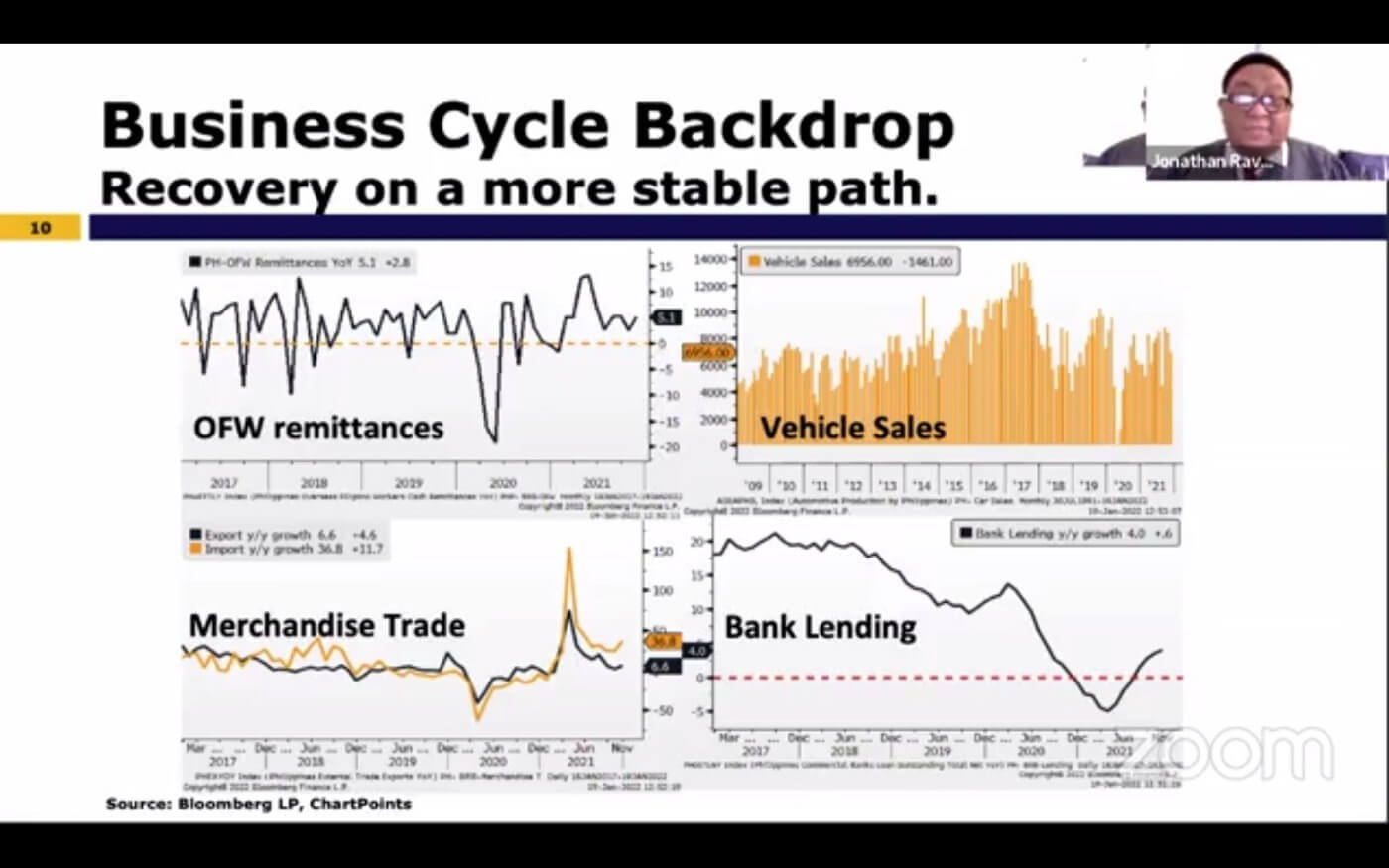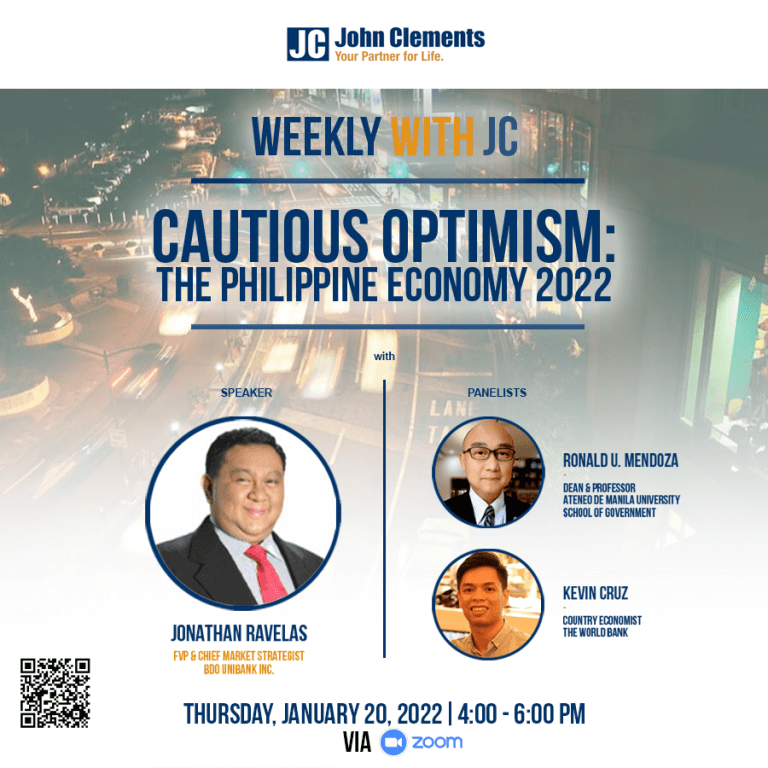Nearing year three of this global pandemic, governments and businesses are pushing hard to ensure that we continue and go on with life as we know it. A daunting task to say the least. We are stuck in the middle of a pandemic — something that happens once every hundred years and, even with all the advances in technology and medicine, the virus seems to be a step ahead of the experts. Or is it?
“Where flowers bloom, so does hope.”- Lady Bird Johnson
During the first weeks of 2022, COVID-19 cases spiked to record highs, forcing the government to raise more areas to Alert Level 3 — limiting business operations and mobility for a lot of people. Needless to say, this is bad for the economy. In this period, the Philippines took the lead in new COVID-19 cases among the ASEAN 4 (Philippines, Malaysia, Indonesia, and Thailand), which can be partly attributed to the country’s vaccination rate. Only around 50% of the Philippine population is fully vaccinated, compared to other Asian countries, which is already at 70%. Vaccine hesitancy is still present and there are still logistical challenges for vaccines in the provinces.
The business sector, especially the retail industry, took another blow because of the Alert Level 3 imposition. The silver lining, if there ever is one, is the fact that the healthcare industry is not being overrun with patients and ICU beds are still available. With this, people are slowly and steadily gaining confidence and mobility is picking up. Getting more people out gets them to spend money — and that drives the economy. It was noticed that people started actually spending after the Christmas season, partly because some companies were only able to give the 13th month pay within December.
Vaccination is key.
The government needs to ramp up its efforts in encouraging people to get their shots. Getting more people vaccinated gets us closer to herd immunity and closer to any semblance of our lives pre-COVID. The announcement for the vaccination program for 5 to 11-year-olds was much welcome news as this part of the demographics is most likely to be outside playing and mingling with other people. Though they may have strong immune systems, in all likelihood, they will be the ones bringing the virus to infect all the other members of their household. According to DOH, the first batch of Pfizer vaccines will be rolled out, initially in the National Capital Region, in the first week of February.

While COVID cases are rising and businesses are closing, efforts are being made to mitigate the effects of these lockdowns. The government is pushing back to ensure (read: force) people get their vaccines. Even going to the extent of limiting the mobility of unvaccinated persons. More so, it does not help that this Omicron variant is proving to be less lethal, thus giving the population that certain feeling of invincibility, that they can take Omicron head on and live to tell the tale. Quite frankly, after two years of living through various states of lockdowns and fear, people have gotten tired of this, and more than a few have gotten that devil-may-care attitude. All things considered, people — no matter how hard the government tries to contain them — will go out. This may be out of necessity or choice, they will be out. This is especially true for those families with OFW members. They have a better chance of receiving money to spend, giving them an excuse to go out. And by being out, they will try to earn and, at the same time, spend.

The writing is on the wall. People want to go out. The government wants them to get vaccinated. At some point, we’ll get to some middle ground and this will be a win-win situation. It may take a while, but we’ll get there.
Please visit and join the John Clements Talent Community.



